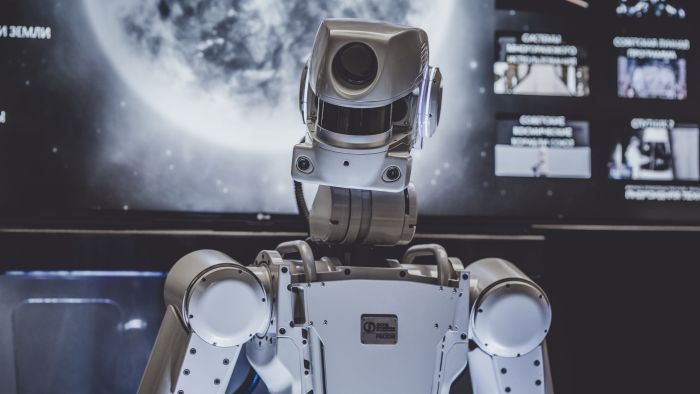
Will robots and AI take our jobs, or will they usher in an unprecedented era of prosperity, productivity, and connectedness? If trade journals are to be believed, the latter.
New article by Andrew Duffy, Andrew Prahl, and Audrey Ling Yang-Hui all of Nanyang Technological University in Singapore studies how trade journals have adopted and frame the use of ‘machinery’ in the workplace. Machinery referring to robots, Industrial Automation (IA) and Artificial Intelligence (AI).
Both technological enthusiasm and anxieties have deep roots in history of technological advancement. The article in question uses sentiment analysis to categorize the language of the articles from trade journals as either positive or negative in tone. 204 articles from the period of 2016-2019 were analyzed.
Enthusiasm and optimism, skepticism as exception
The result was first that trade journals viewed the trend of increasing robots, IA, and AI positively. There were 200 articles where the overall sentiment was that of “Trust”, 3 articles where it was “Anticipation” and only 1 (n=204) where the sentiment was that of “Fear”. The outlier article was in “Business and Finance” section.
On a more thematic analysis, the articles revealed an agenda supporting the title term “inexorable rise”. Productivity increase was the most common positive theme. There was an article that cited an expert who noted that the fastest growing job section was the low-skill one. However, this was but one exception with the rest framing the subject with optimism.
Four themes: inevitable, collaborating, people are the problem, machine salvation
These four broad themes arose from the thematic view. The coming of machinery was viewed as something that will happen inexorably, it will increase collaboration between humans and machines and facilitate collaboration between humans.
And it will be the ’salvation’ for pressing problems in the industry. People were seen as obstacles in this machine evangelism – akin to luddites of old, or being simply not savvy enough to utilize the possibilities fully.
Although the authors caution against the generalizations made based on the study, they do conclude that the overwhelmingly positive themes may be the result of fair assessment of reality – that is, not necessarily indicative of a positive bias. The new technology may simply be that amazing and inevitable.
The article “The inexorable rise of the robots: Trade journals’ framing of machinery in the workplace” is published in Journalism (free abstract, limited access).
Picture: untitled by Arseny Togulev, license Unsplash